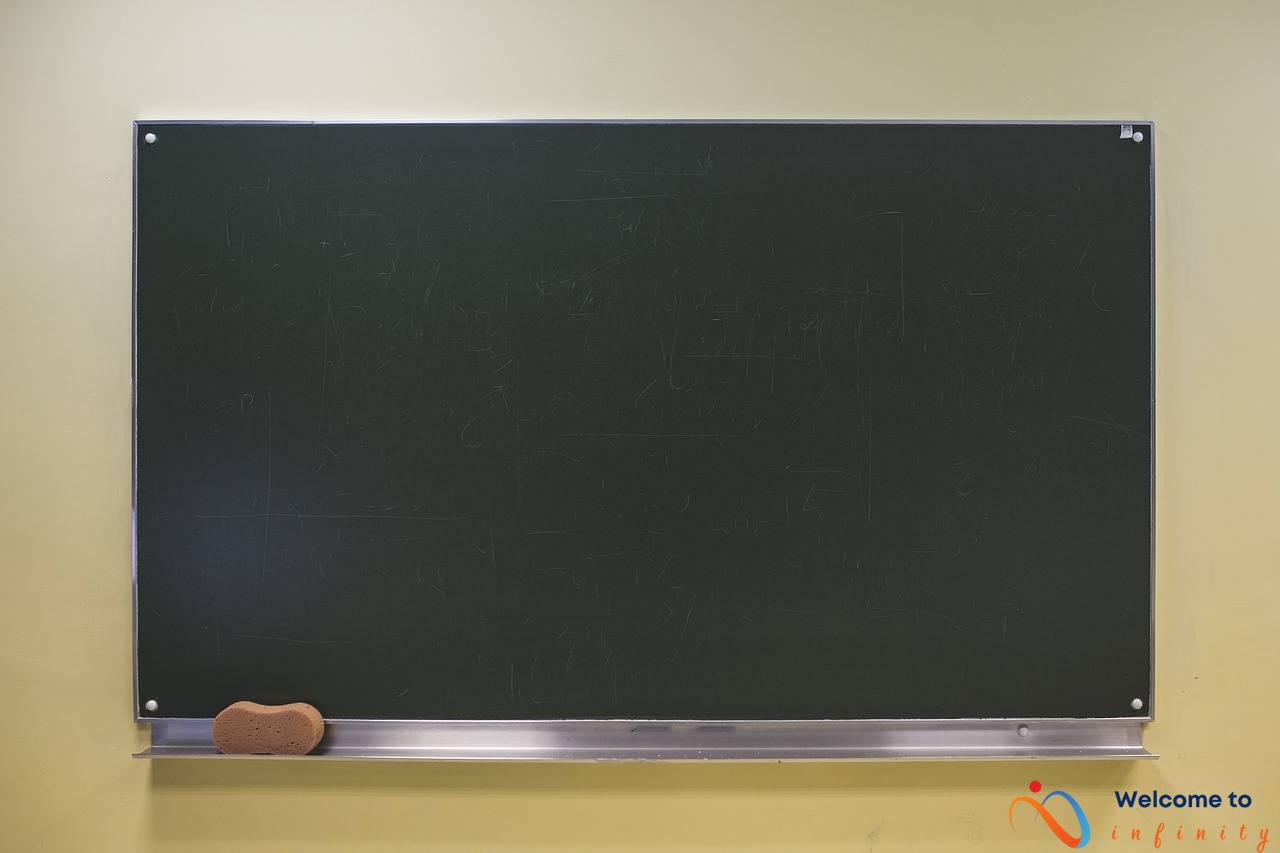Virtual classrooms have revolutionized the way students learn and educators teach. There are many advantages to this innovative learning environment that make it a preferred choice for both students and teachers.
One of the most significant benefits of virtual classrooms is flexibility. Students can learn at their own pace and from anywhere, making it easier for those with work or family commitments to participate in education. This flexibility also allows students to access course content and learning materials at any time, enabling them to structure their study around their own schedule.
Moreover, virtual classrooms increase participation as they provide opportunities for shy and introverted students to participate in class. They can communicate and collaborate with their peers without fear of being judged, leading to increased engagement in learning. Asynchronous communication is another advantage, allowing students to ask questions, interact with classmates, and receive feedback at any time.
Virtual classrooms also facilitate collaboration, even when learners are geographically dispersed. Students can work together on projects in real-time, share resources and ideas, and build upon each other's knowledge. Personalized and adaptive learning are additional benefits of virtual classrooms. Technology can adapt to the student's learning style and pace, providing tailored learning experiences that meet their individual needs. Immediate feedback is also possible, allowing students to identify their mistakes and make the necessary corrections quickly.
Cost savings are another advantage of virtual classrooms. Traditional physical classrooms require dedicated school buildings, desks, chairs, whiteboards, and other infrastructure. In contrast, virtual classrooms require only an internet connection and a computer. This eliminates the need for physical classrooms, reducing costs for schools and students. Finally, virtual classrooms offer environmental benefits by reducing carbon emissions associated with transportation to physical classrooms.
Overall, virtual classrooms offer numerous advantages that make them a popular and effective learning environment. They provide flexibility, increased participation, collaboration, personalized and adaptive learning, immediate feedback, cost-effectiveness, and environmental benefits.
Flexibility
With virtual classrooms, students have the ability to work at their own pace and from anywhere. This level of flexibility allows them to better balance their academic pursuits with other commitments, such as work and family obligations. With virtual classrooms, students can learn from the comfort of their own homes or from a location that suits them.
Moreover, virtual classrooms offer self-paced learning, which enables students to go through the course content at a pace that works best for them. This means that students can slow down for challenging topics or breeze through the material they already know. With this flexibility, students can create a personalized learning experience that caters to their individual needs.
Not only does this flexibility benefit students, but it also benefits teachers. Teachers can better manage their time and resources, focus on providing personalized learning support, and provide quality feedback to their students in real-time. Overall, virtual classrooms are changing the face of modern education, making learning more accessible and convenient for everyone.
Increased Participation
In a physical classroom, it's easy for some students to dominate the conversation while others may never raise their hand to participate. However, virtual classrooms can provide opportunities for even shy or introverted students to feel comfortable participating.
Asynchronous communication in virtual classrooms allows students to ask questions and interact with their classmates at any time, without the pressure of a live discussion. This can also increase engagement, as students have more time to think before responding.
Virtual classrooms also provide a level playing field for students regardless of their location, disability, or background. This can lead to more diverse perspectives and discussions.
- Benefits of increased participation:
- – Students feel more engaged and involved in the learning process
- – Increased diversity of perspectives and discussions
- – Shy or introverted students can feel more comfortable participating
Asynchronous Communication
In traditional classrooms, students may feel pressured to ask questions in front of their peers. However, virtual classrooms provide options for asynchronous communication, allowing students to ask questions and interact with their classmates at any time. This not only increases engagement but also helps create a more inclusive learning environment for students who may feel shy or uncomfortable speaking up in a physical classroom setting.
Asynchronous communication can take many forms in virtual classrooms, including email, discussion forums, and messaging platforms. Online discussion forums offer a space for students to engage in meaningful class discussions and ask questions. Teachers can also facilitate virtual office hours to answer questions and provide additional support to students outside of regular class hours.
Another advantage of asynchronous communication is that it provides an opportunity for students to reflect on their learning and consider their responses before engaging in discussion. This can lead to more thoughtful and well-developed responses, creating a more meaningful learning experience for students.
Collaboration
Collaboration is an essential aspect of education, and virtual classrooms offer students a plethora of opportunities to work on projects with their classmates in real-time, regardless of their location or time zone. Virtual classrooms have many collaborative features that encourage students to collaborate more effectively. For example, students can create joint documents using collaborative tools like Google Docs, making it easier to coordinate their work.
Teachers can also create virtual breakout rooms where students can connect and work together in groups, simulating the traditional classroom setting. Students can use these platforms to share ideas, brainstorm, and develop new concepts together, regardless of their physical location.
Moreover, virtual classrooms have chat features that allow students to communicate with each other quickly, even outside class hours. With video conferencing technology, students can see and hear their classmates as if they were in the same room, further facilitating collaboration.
In summary, virtual classrooms offer students a wide range of collaboration tools that help them work effectively together, regardless of physical distance. By leveraging these advanced tools, students can learn from one another, develop essential life skills like communication, and build lasting relationships than can benefit them beyond their academic careers.
Personalized Learning
Personalized learning is one of the most significant advantages of virtual classrooms. Unlike traditional classrooms, virtual classrooms allow teachers to personalize the learning experience for each student. Teachers can identify each student's strengths and weaknesses and devise a learning plan that caters to their individual needs.
Virtual classrooms incorporate technology that can adapt to each student's learning style and pace. This means that students can learn at their own speed without feeling left behind. Adaptive learning software can identify where the student is struggling and provide additional resources to help them understand the concept.
In addition, virtual classrooms offer a range of tools and resources that students can access according to their interests. For example, a student who is interested in science can access virtual labs and simulations, while a student who prefers reading can access digital libraries and e-books. This personalized learning experience promotes a deeper understanding of the subject and a higher level of engagement from students.
Moreover, virtual classrooms provide instant feedback to students, allowing them to correct their mistakes quickly. This feedback helps students learn from their mistakes and understand the concepts better. Teachers can also provide individualized feedback to each student, which helps students to improve their performance and build self-confidence.
Virtual classrooms are an excellent option for students who have different learning styles and require personalized attention. They offer a flexible and adaptable learning environment that eliminates the need for a one-size-fits-all approach. As technology continues to evolve, virtual classrooms are likely to become an increasingly popular option for both teachers and students alike.
Adaptive Learning
Virtual classrooms are becoming increasingly popular, and one of the reasons is their ability to provide adaptive learning to students. Adaptive learning refers to the use of technology that adapts to each student's learning style and pace. In traditional classrooms, teachers often find it challenging to cater to each student's individual needs. However, virtual classrooms use technology that provides tailored learning experiences to meet each student's needs.
One example of adaptive learning technology is software that adjusts the difficulty level of questions based on student performance. If a student answers a question correctly, the software will give them a more challenging question. On the other hand, if a student struggles with a question, the software will provide them with easier questions until they improve their skills.
Virtual classrooms also use technology that helps students who have different learning styles. For example, some students are visual learners, while others are auditory learners. Adaptive learning technology can provide students with different types of content, such as videos, graphics, or text, depending on their learning style.
Moreover, virtual classrooms capture data on how individual students learn. This data is analyzed using algorithms that determine each student's learning patterns and decide the best ways to teach them. As a result, teachers can provide personalized feedback to each student, resulting in more effective learning.
In conclusion, adaptive learning technology is an essential part of virtual classrooms, and it provides numerous benefits to students. By using technology that adapts to each student's learning style and pace, virtual classrooms can offer personalized learning experiences that meet each student's needs. With adaptive learning technology, students can improve their skills quickly, resulting in more successful learning outcomes.
Immediate Feedback
Immediate feedback is one of the most significant advantages of the virtual classroom. In traditional classrooms, teachers may take time to grade assignments and give feedback, but in virtual classrooms, everything is digital. Teachers can provide feedback through video conferencing, chat tools, or automated assessments which helps students to know their weaknesses and correct them more quickly.
In virtual classrooms, students can access their grades and feedback almost immediately. They do not need to wait for their teacher to return their assignments, and therefore, they can correct their mistakes more quickly. Feedback, in general, functions as a motivator for many students, but immediate feedback in particular can be a powerful tool for boosting their confidence and enthusiasm.
Apart from feedback from their teachers, immediate feedback from automated assessments is also a significant advantage of virtual classrooms. For instance, in multiple choice questions, students can see their score immediately after submitting their answers, and they can use that feedback to improve their understanding. Some virtual classrooms also allow for adaptive learning technology, which can identify students' weaknesses and help them improve their performance.
To sum up, immediate feedback in virtual classrooms provides the opportunity to correct mistakes quickly, which can help to improve students' confidence and motivation. In addition, immediate feedback from automated assessments can help students to become independent learners and identify their areas of weakness more efficiently.
Cost-Effective
One of the major advantages of virtual classrooms is their cost-effectiveness. Physical classroom spaces require maintenance, utilities, furniture, and other supplies, which can be quite expensive. With virtual classrooms, schools can save money on these costs as they do not require a physical space.
Furthermore, students can save money as well. They do not have to pay for transportation, accommodation, or other expenses associated with attending physical classes. This allows more students to access education as it eliminates the financial burden of attending school.
Virtual classrooms also offer flexibility in terms of scheduling. In a physical classroom, teachers are limited by the size of the classroom and the available timeslots. However, virtual classrooms can accommodate a large number of students and allow for more flexible scheduling, allowing teachers to offer courses at various times to meet the needs of different students.
In addition, virtual classrooms provide a cost-effective way to offer access to education to students in remote or underprivileged areas. They can access education from anywhere in the world, as long as they have an internet connection. This breaks down geographical barriers, making education accessible to all students, regardless of their location.
Overall, virtual classrooms offer significant cost savings for both schools and students. By eliminating the need for physical classroom spaces, virtual classrooms reduce costs and increase access to education for students all over the world.
Environmental Benefits
Virtual classrooms offer environmental benefits that cannot be ignored. Students attending physical classrooms increase carbon emissions associated with transportation to and from school. This is because students and teachers need to travel to a physical classroom, whether by car or public transportation. However, virtual classrooms eliminate the need for transportation, making them an eco-friendly option.
By attending virtual classrooms, students can reduce their carbon footprint and contribute to creating a sustainable environment. Virtual classrooms offer students the opportunity to attend classes from the comfort of their homes, reducing the amount of carbon emissions produced from transportation. Furthermore, virtual classrooms eliminate the need for schools to build and maintain large physical classroom spaces, which can contribute to environmental degradation.
In addition to reducing carbon emissions, virtual classrooms can also help schools save money on utilities like heating, air conditioning, and lighting. Because virtual classrooms do not require physical classrooms, schools can cut down on electricity costs, reduce water usage, and minimize waste generation.
Overall, virtual classrooms offer numerous environmental benefits that cannot be ignored. By eliminating the need for transportation and physical classroom spaces, virtual classrooms are an eco-friendly and sustainable option. Furthermore, they offer schools an opportunity to save money and reduce their carbon footprint. These advantages make virtual classrooms a worthy option for schools and students looking to contribute to a greener future.
In conclusion, virtual classrooms offer numerous advantages that cannot be understated. They provide students with flexibility, increased participation, personalized learning, and immediate feedback, while also being cost-effective and environmentally friendly. As such, virtual classrooms have become an essential tool for modern education, and their benefits are sure to shape the future of learning.












